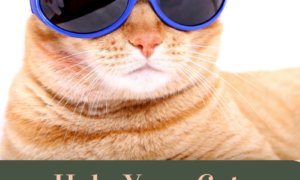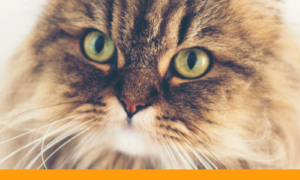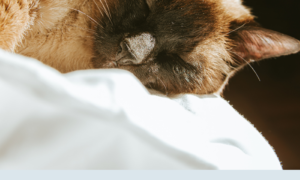 To maintain cat health, felines have very specific dietary needs that must be met to live long lives indoors. When cats lived outdoors and caught their own food, they ate high protein food with a moderate amount of fat and minimal carbohydrates. Indoor cats, however, rely upon their pet parents to make sure they get the right food with a proper balance of nutrients, fat and moisture.
To maintain cat health, felines have very specific dietary needs that must be met to live long lives indoors. When cats lived outdoors and caught their own food, they ate high protein food with a moderate amount of fat and minimal carbohydrates. Indoor cats, however, rely upon their pet parents to make sure they get the right food with a proper balance of nutrients, fat and moisture.
According to the Cornell College of Veterinary Medicine, cats are obligate carnivores, meaning cats, “rely upon nutrients animal tissue to meet their specific nutritional requirements.” Cats need just the right amount of nutrients, including vitamins and minerals, but no more. Moisture is a vital component of a cat’s food because it helps to regulate body temperature, digest food, eliminate waste, lubricate tissue and allows salt and electrolytes (a compound vital to hydration) to pass through the body.
There’s been some controversy as to the healthiness of dry cat food. High quality dry foods offered with clean, fresh water provided at all times are thought by many to be safe and healthful. Yet, it’s recommended that pet parents consult with their cat’s veterinarian as to the proper type of food for a cat’s age, activity level and health-related issues.
Dry, semi-moist and canned cat foods vary in water content, protein level, caloric count, palatability and digestibility.
Dry cat food generally contains 6 to 10 percent moisture. The ingredients are combined into dried, bite-sized pieces. The benefits of dry food is it may be left out all day and is often lower in cost. A down-side is that lengthy storage may reduce the efficacy of vitamins, so it’s recommended that dry cat food be stored in an air-tight container.
Semi-most cat food has about 35 percent moisture and looks like ground or whole-meat tidbits. Once a semi-most package of canned food is opened, it may spoil fast due to loss of moisture.
Canned cat food is about 75 percent water and is the most expensive, but it has the highest shelf life when unopened, is “highly palatable to most cats,” and is generally enjoyed by fussy eaters.
No matter what type of food you choose for your cat, commercial foods have all been “scientifically developed” to contain the proper balance of nutrients and calories. To maintain your cat’s health, it’s important to read the list of ingredients to make sure the food is appropriate for a cat’s life stage (kitten, adult, pregnancy, senior). The first ingredients should always be meat or seafood – all of vital importance because cats need enough “animal-source ingredients to supply essential amino acids and essential fatty acids.”
Some tips to feeding your cat:
- Do keep treats to a minimum.
- Don’t overindulge. Too much of anything isn’t a good thing.
- Do use clean, metal, ceramic or porcelain bowls.
- Do feed in a quiet area away from a litter box.
- Do offer meals on a schedule.
- Do contact your veterinarian if you notice any changes in eating or drinking habits.






